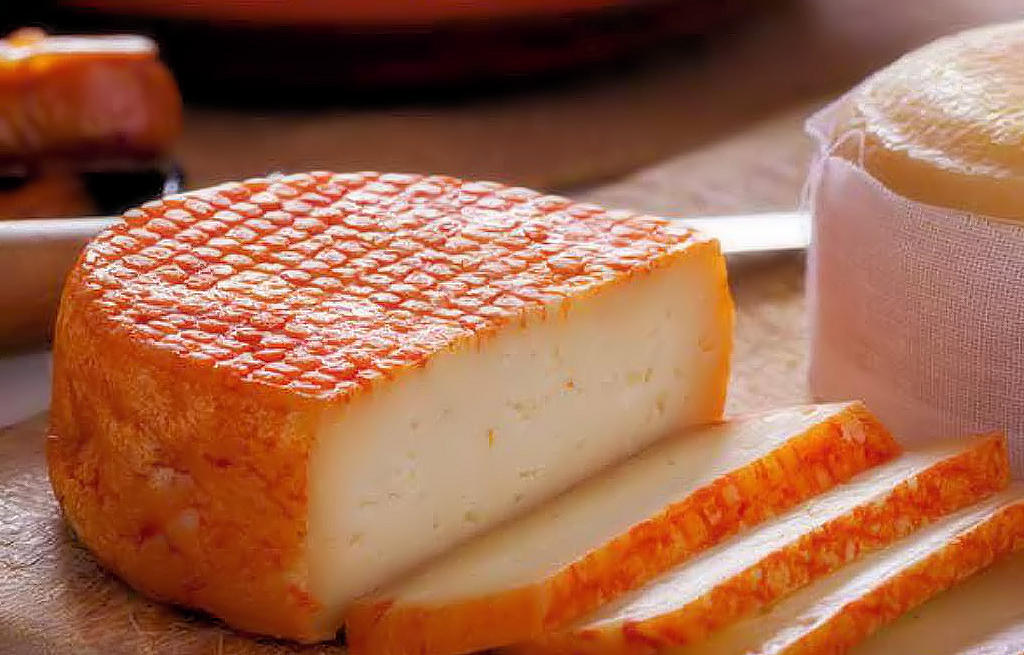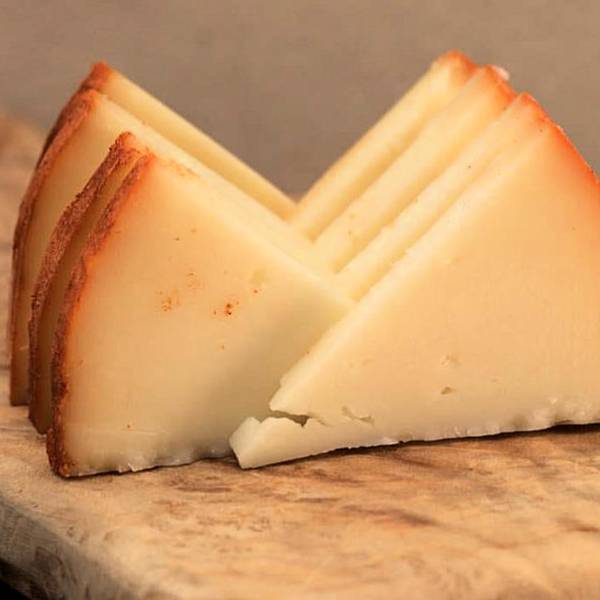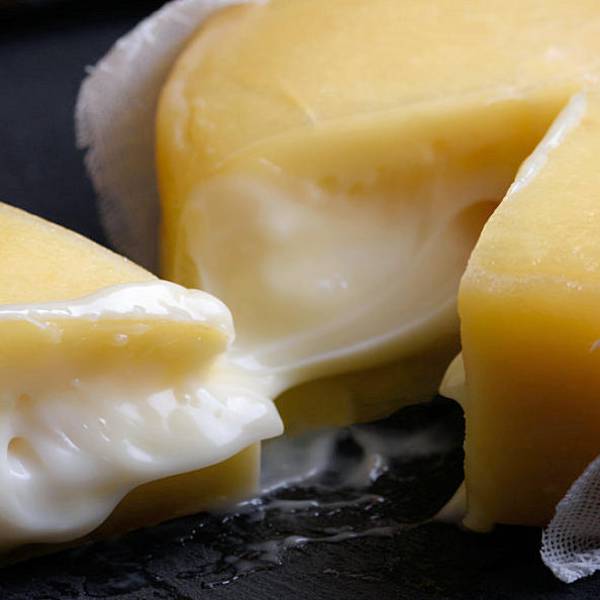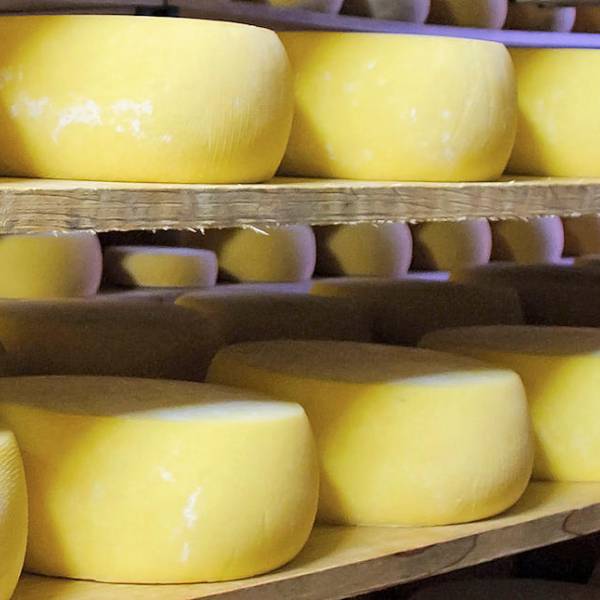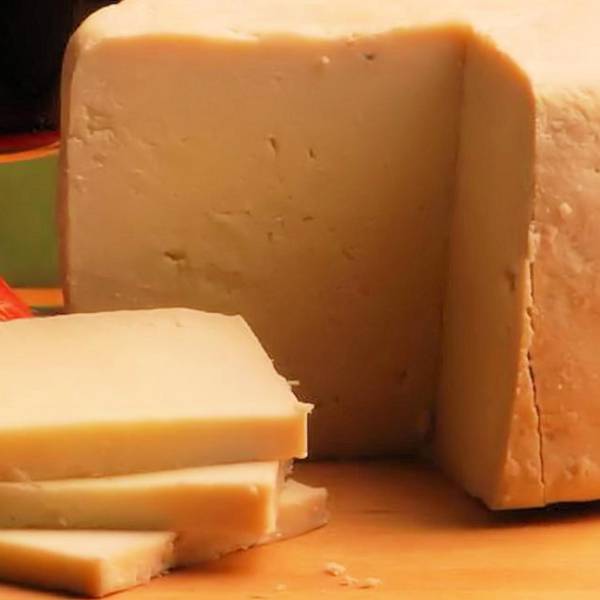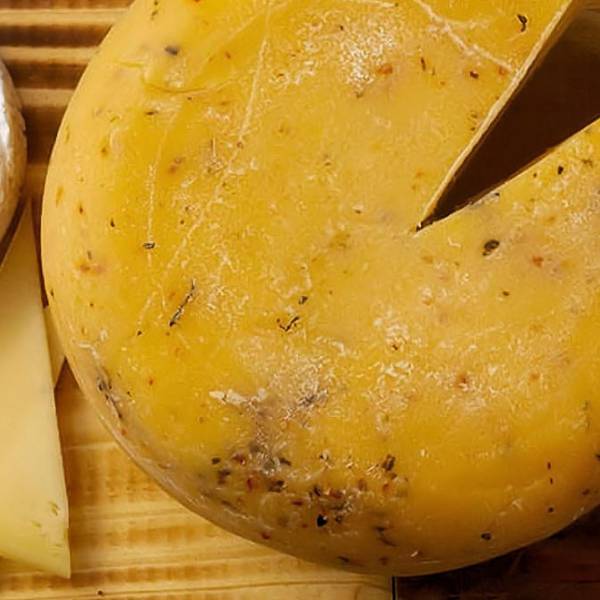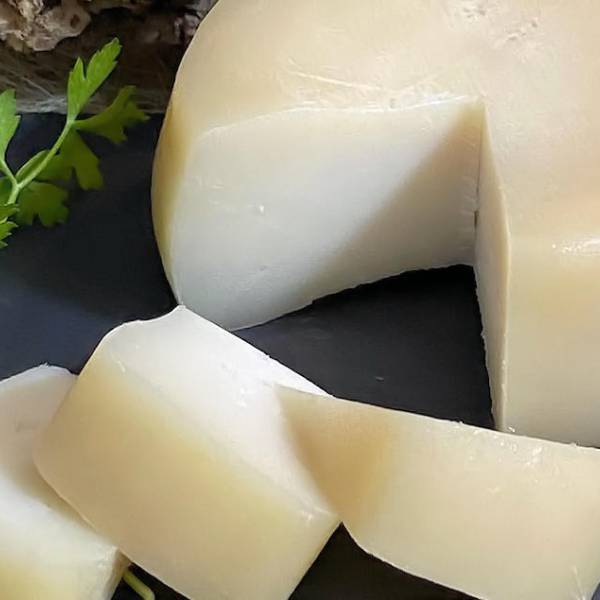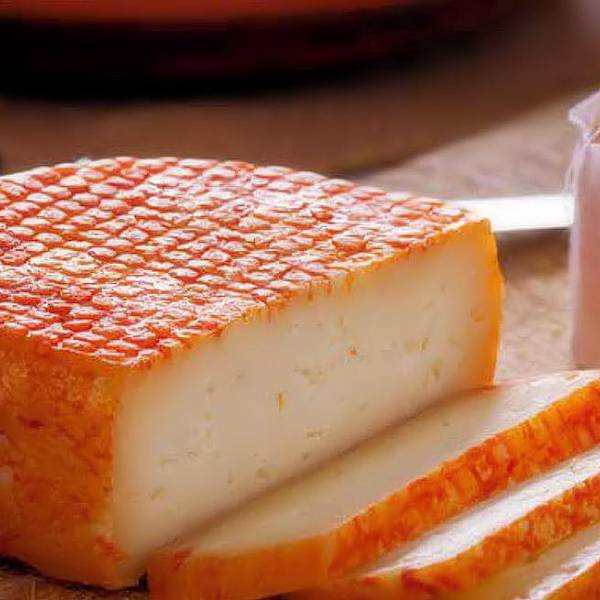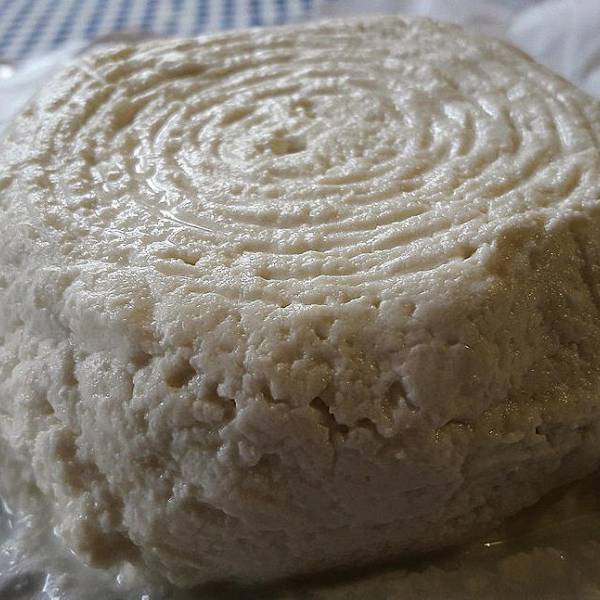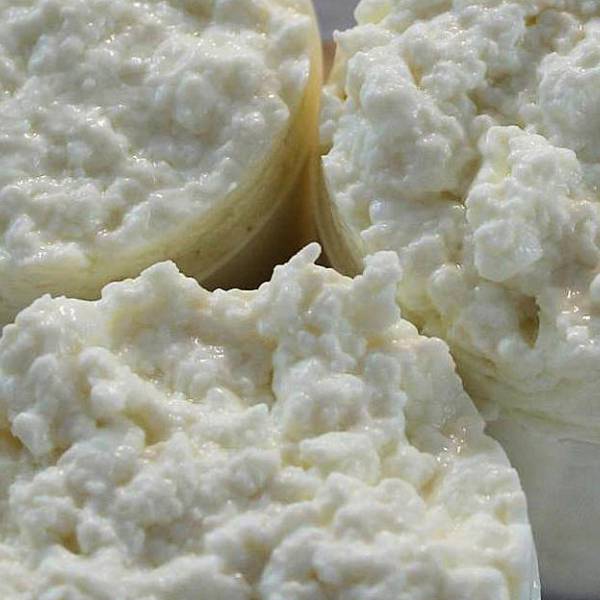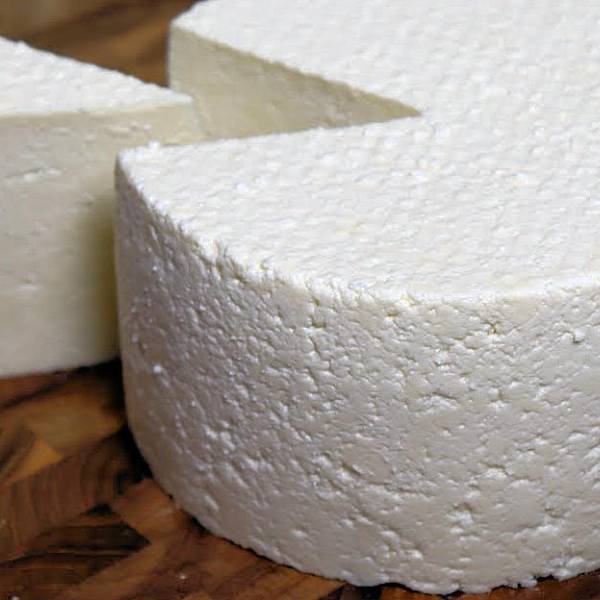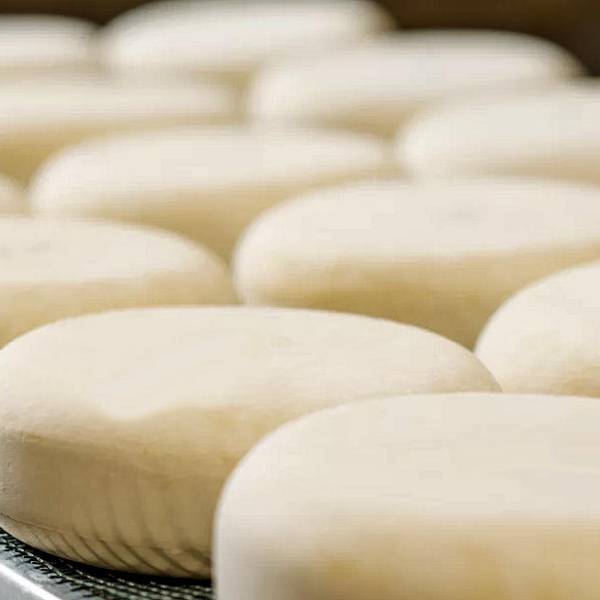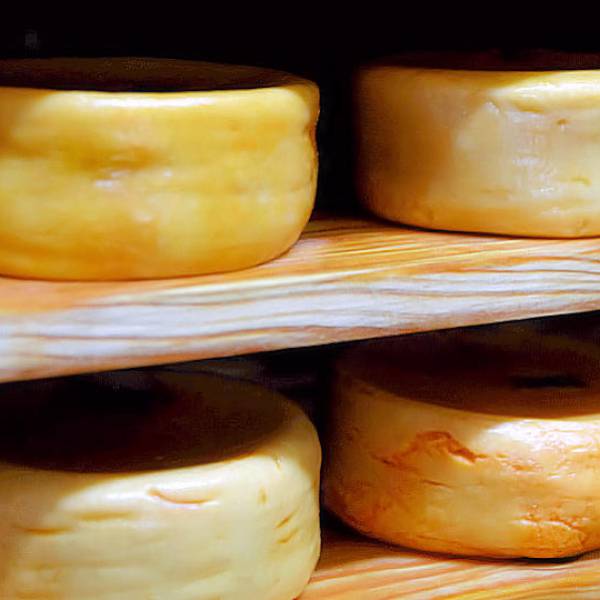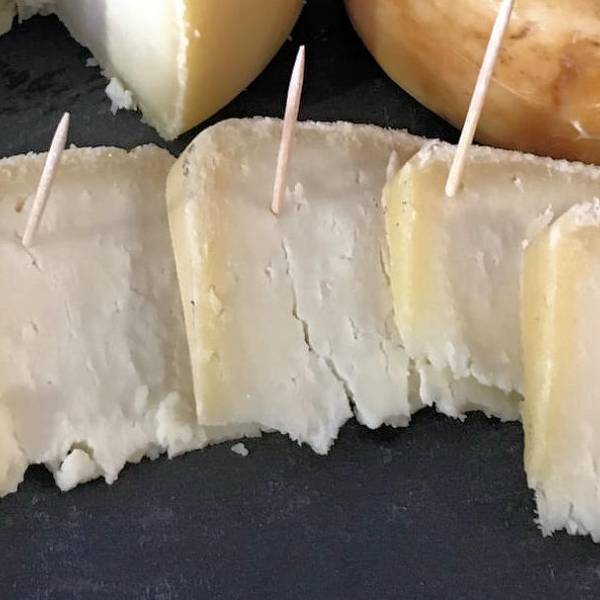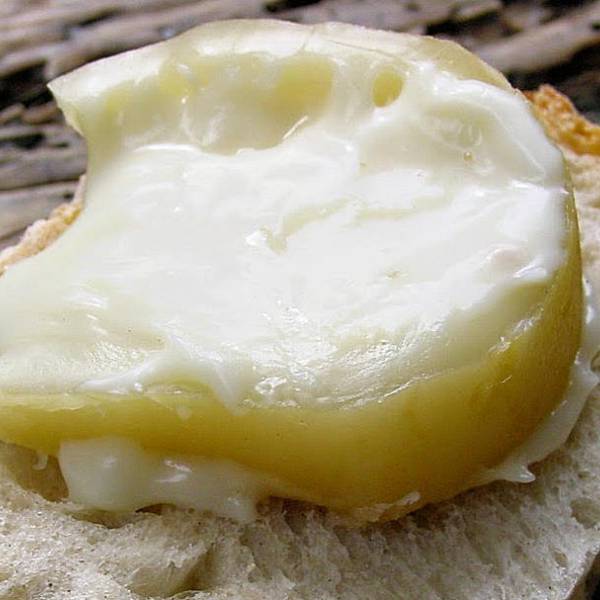To create this delectable cheese, the process begins with the coagulation of sheep and goat milk, which is meticulously drained, employing either animal rennet or thistle. After undergoing the salting process, the cheese embarks on a maturation journey lasting between three to four weeks. Weighing between 150 g and 400 g, with a diameter spanning 7 cm to 10 cm, this cylindrical masterpiece boasts sharp edges and an exquisite yellowish to orange hue. Its delicate crust, slightly rough to the touch, encases a cured, semi-soft interior adorned with small eyes that bespeak its artisanal craftsmanship.
Queijo Mestiço de Tolosa is equally at home as a centerpiece on the dining table, accompanied by crusty bread, a glass of fine wine, or a drizzle of honey, as it is as an ingredient in culinary creations. Its subtle spice lends depth and complexity to soups and stews, elevating them to new gastronomic heights. Additionally, this versatile cheese imparts its distinct character to regional desserts such as Sericaia, a velvety egg pudding, and Encharcada, a syrupy cake, captivating the taste buds of dessert aficionados.
The cheese owes its seasonality to the lactation period of the sheep and goats, which takes place from January to July. Throughout this time, dedicated small-scale farmers and skilled cheesemakers bring their time-honored expertise to bear, faithfully upholding the traditional methods and recipes passed down through generations. As a result, every morsel of this cheese encapsulates the essence of the region's culture and identity, a true embodiment of the Portuguese spirit.
Steeped in history, the origins of this cheese can be traced back to the late 19th century when the earliest studies on Portuguese cheese-making techniques showcased it as one of the nation's most distinctive varieties. Back then, it was known as "queijo mestiço" due to its mixed milk origins. Esteemed authors and gastronomes, including José Leite de Vasconcelos, Maria de Lourdes Modesto, and Virgílio Nogueiro Gomes, lavished praise upon this cheese, commending its unparalleled quality and flavor.
Over time, Queijo Mestiço de Tolosa has ascended to national and international prominence, garnering recognition and prestige. In 1988, it was awarded the esteemed PGI status, bestowing protection upon its name, origin, and defining characteristics, shielding it from imitation and fraud. Its unrivaled excellence has been celebrated through numerous accolades and distinctions at esteemed contests and fairs, such as the National Cheese Contest, the National Agricultural Fair, and the International Cheese Awards.
The cheese's production encompasses a region encompassing 15 municipalities within the Portalegre district, namely Alter do Chão, Arronches, Avis, Campo Maior, Castelo de Vide, Crato, Elvas, Fronteira, Gavião, Marvão, Monforte, Nisa, Ponte de Sor, Portalegre, and Sousel. Situated within the enchanting Alentejo region, renowned for its diverse and tantalizing gastronomy influenced by a tapestry of historical and cultural elements, this area provides the ideal terroir for cheese production. The Alentejo region, blessed with a Mediterranean climate characterized by scorching summers and mild, rainy winters, encompasses predominantly flat or gently rolling landscapes adorned with cork oaks, olive trees, and expansive wheat fields. Mountainous areas, such as the Serra de São Mamede and the Serra da Estrela, punctuate this enchanting region.
This land steeped in tradition boasts a long-standing heritage of sheep and goat farming, tracing its roots back to prehistoric times. Raised using extensive systems, these animals freely graze upon natural pastures, savoring a diverse diet that imbues their milk with a richness in both fat and protein, ultimately imparting the cheese with its distinctive taste and texture.
Lisbon.vip Recommends
Inextricably woven into the fabric of daily life, cheese-making primarily thrived in the skilled hands of women, who inherited their expertise from mothers and grandmothers. This intricate process entailed multiple steps: milking the animals twice a day, straining the milk through a cloth or sieve to remove impurities, meticulously heating it to a specific temperature, introducing rennet or thistle to initiate coagulation, meticulously cutting and stirring the curd, methodically draining the whey, shaping and pressing the cheese, and finally salting and maturing it within cool, humid cellars.
The cheese-making ritual was a celebration of community and culture, uniting families and neighbors within communal ovens or cellars. Here, knowledge, experiences, and stories were shared, fostering a profound sense of togetherness. For those who crafted and shared this cheese, it evoked a profound sense of pride and joy, a tangible symbol of their craft and hospitality.
Queijo Mestiço de Tolosa stands as an indelible testament to the history and tradition of a region and its people. It is a cheese that embraces the Alentejo's vibrant culinary tapestry, capturing the spirit of creativity and skill demonstrated by its dedicated cheesemakers. Through every bite, this cheese unlocks a gateway to the culture and identity of those fortunate enough to revel in its sublime flavors.


